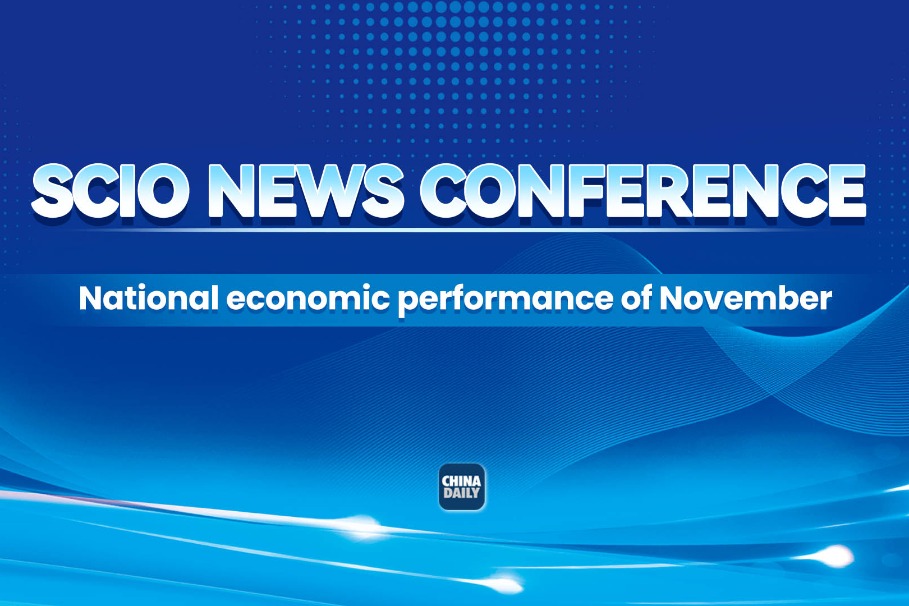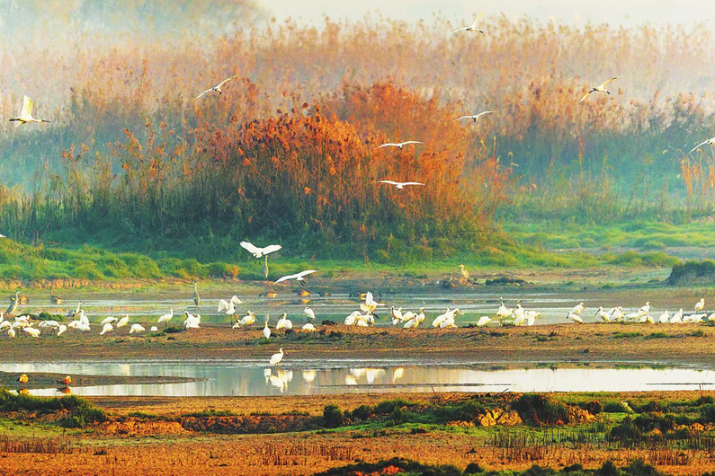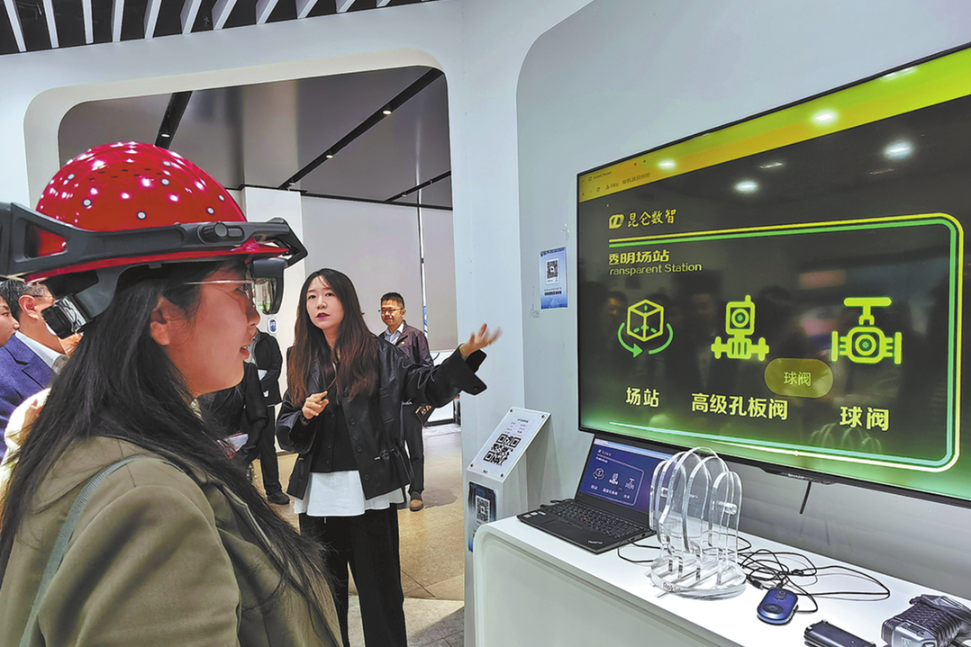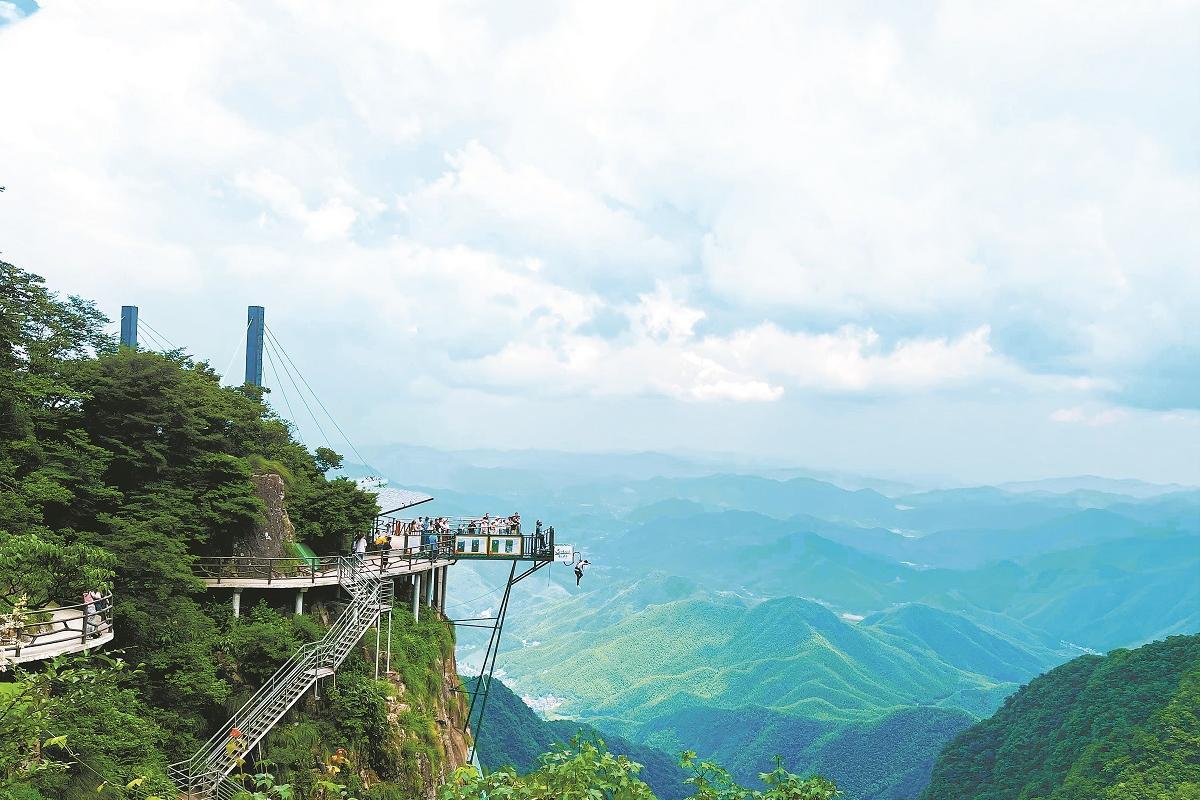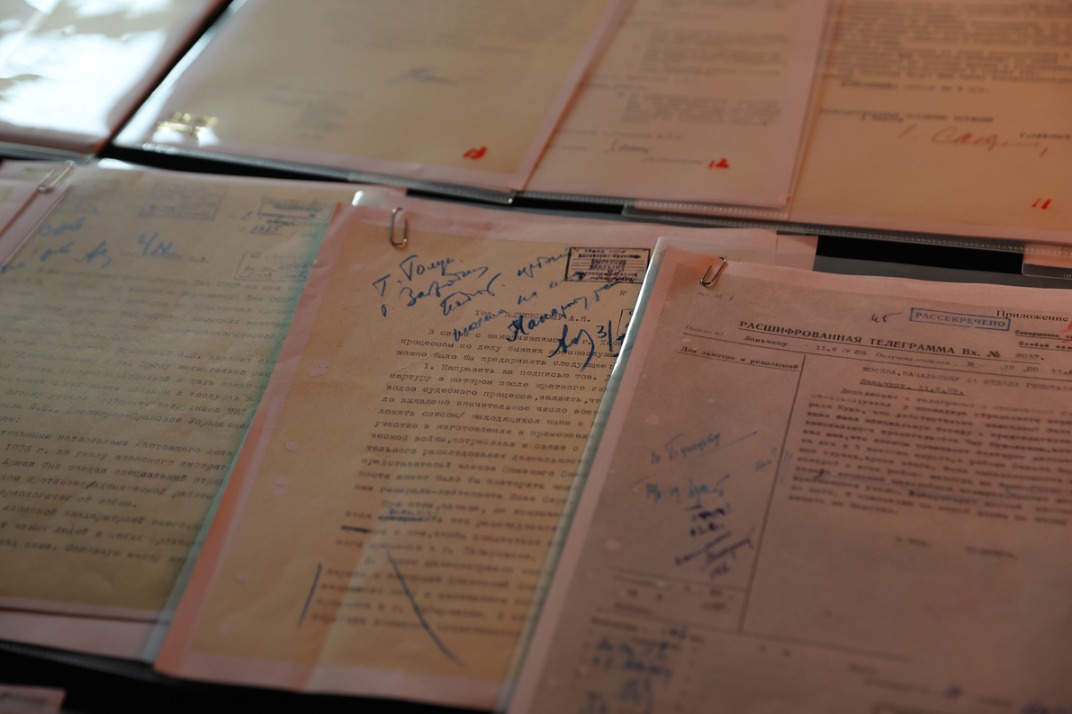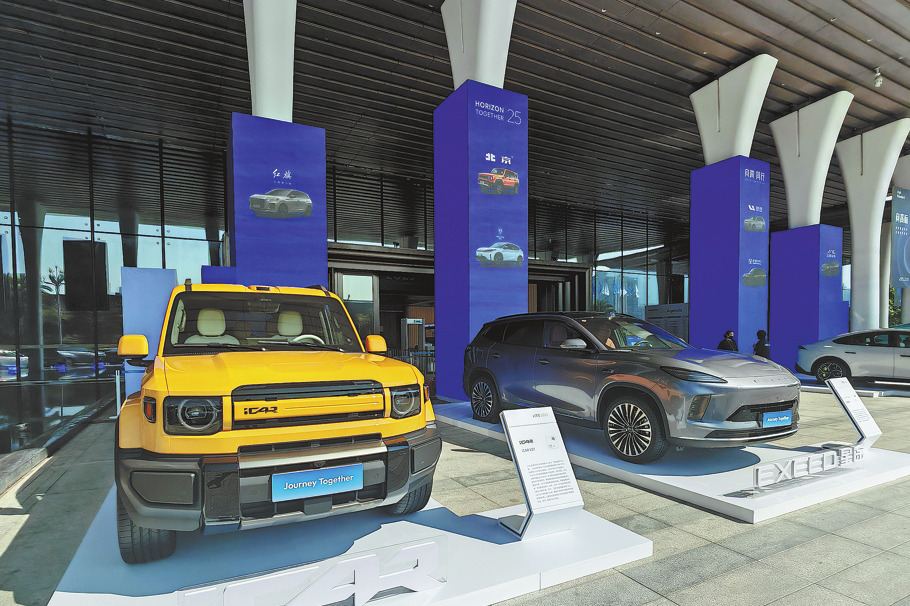What's on

Poetic painting

A poetic sense with philosophical overtones has long been pursued by Chinese landscape painters. When layering strokes either boldly or subtly, artists tried to build a spiritual link with the universe and to give the viewers a sense of time and space, while leaving room for imagination and meditation.
Poetry in Chinese Mountains and Waters Paintings is a well-curated exhibition by the Guan Shanyue Art Museum in Shenzhen, Guangdong province. It brings the works of renowned landscape artists throughout centuries from the collections of various museums around the country, showing how a poetic mood is rendered under the brushes of artists who at different times explored innovative ways to achieve the effect.
The Guan Shanyue Art Museum is named after the reformative artist who, in the 20th century, revolutionized Chinese landscape painting to present changes in social mentality while retaining spirituality in the depiction of nature. The exhibition runs until Nov 3.
9 am-5 pm, closed on Mondays. 6026 Hongli Lu, Futian district, Shenzhen, Guangdong province. 0755-8306-3086.
Napoleonic era
From the Mundane to the Magnificent, now on at the Shandong Museum in the provincial capital of Jinan, gathers paintings, prints, costumes and the works of craftsmen that unfold an extensive view of a transitional time defined by Napoleon Bonaparte and his undertakings. The exhibition runs until Oct 15.

The exhibition highlights Napoleon's political ambitions, military talent and charisma as a prominent figure that sealed his status in world history. It also sheds light on his much-talked-about private side, which has been dramatized in movies.
What is new to the audience in this exhibition is Napoleon's cultural enthusiasm for and patronage of art, raising neoclassical style to its height. His keen interest in the East and China is also vividly presented in the decorative objects of his palaces, offering a glimpse of the trade and exchange between the two cultures.
9 am-7 pm, closed on Mondays. 11899 Jingshi Lu, Lixia district, Jinan, Shandong province. 0531-8505-8201.
Tea time
Emperor Qianlong of the Qing Dynasty (1644-1911) is known for enriching his spare time with art, cultural activities and tea. He sought to combine the three into trends of his time. He ordered the production of fine tea ware at imperial kilns and composed poems themed on tea.
The emperor also supervised the construction of tea rooms in palaces to organize social gatherings around the brewing process.
His investment in such an affluent life related to tea is on show at an exhibition on Chinese tea culture at the Hebei Museum, in the provincial capital of Shijiazhuang.
The exhibition runs until Oct 27, drawing objects from the collections of the Palace Museum, the Hebei Museum and the China National Tea Museum in Hangzhou, Zhejiang province, to explore the history of tea. It will also examine various social activities and folk customs related to the tea-drinking culture, showcasing the embodiment of aesthetics that were popular among different social ranks.
9 am-6:30 pm, closed on Mondays. No 4 East Street (Dongdajie), Chang'an district, Shijiazhuang, Hebei province. 0311-966-518.
China Daily

Today's Top News
- Jimmy Lai found guilty of violating national security law
- Hong Kong court opens session to deliver verdict on Jimmy Lai's case
- China's economy posts steady growth in Nov
- Death toll rises to 16 in Sydney's Bondi Beach shooting
- Firm stance on opening-up wins praise
- World looks to new engines for growth in 2026
















